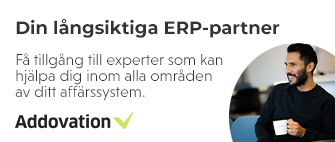Here are the main features of Intergraph Smart 3D Version 14:
• Enhanced 3D modeling with rules and relationships: Smart 3D’s dual interface offers both the classic and the new interface developed to enhance user productivity. The new modern user interface offers production improvements for multiple tasks – such as for ducting, electrical, equipment, suspensions and supports, piping, structure and space management – to further streamline the modeling process.
• Expanded digital twin functionality: Smart 3D strengthens digital twin functionality by integrating with Hexagon’s Digital Backbone as well as HxGN SDx2, the recently launched cloud-developed digital twin solution. Thanks to the integration, it becomes possible to seamlessly share objects and properties to support better decision-making throughout the project.
New APIs for workflows
• Expanded API functionality: Smart 3D version 14 introduces new APIs for user and administrator workflows, provides web access to data and enables efficient administration of the Smart 3D environment.
• Improved delivery item management: The new version introduces advanced functionality for delivery item management. Several drawings can now be generated in a queue system which means that users can perform other work tasks at the same time. Deleted items are traceable and documented via a tombstone XML file. Superusers can now restrict access to orthographic and isometric drawing materials and data with security codes (for example, proprietary, restricted, unclassified).
• Infrastructure flexibility: This release introduces a new 64-bit user interface, which provides more efficient processing and handling of large data sets, compared to older 32-bit systems. It also provides more flexible deployment solutions, including Software-as-a-Service (SaaS) via Intergraph Smart Cloud, public cloud hosting, and on-premise solutions, supporting both stand-alone and global work sharing environments.






